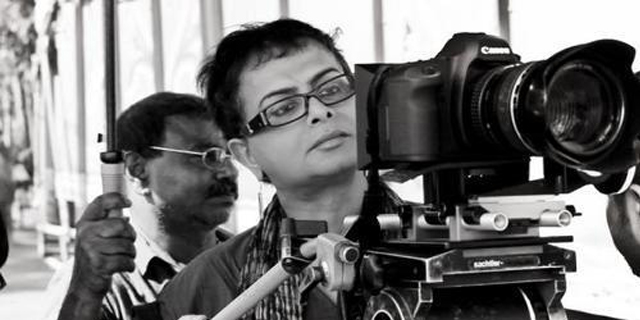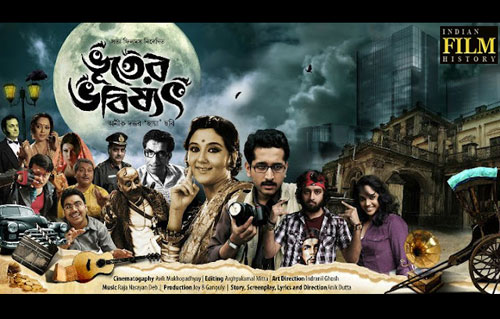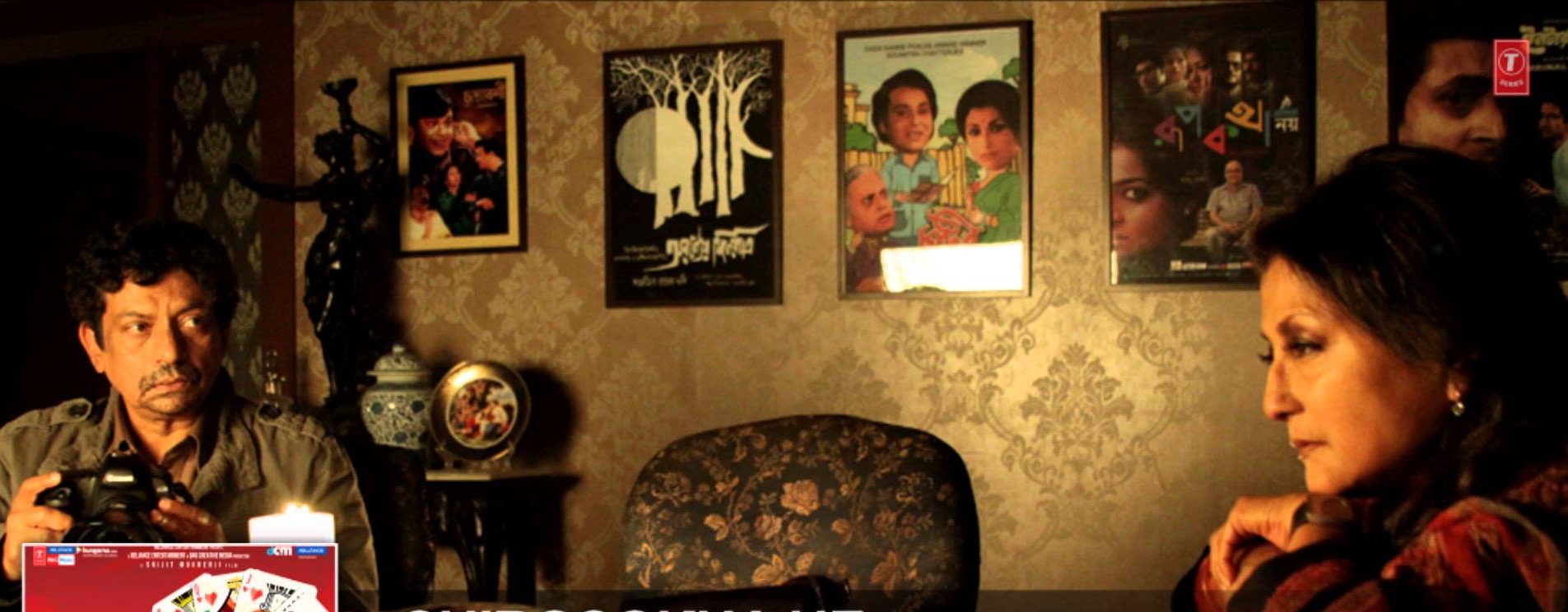Bengali cinema is going through a transitional phase made possible by an expanse of talented directors, cinematographers, and equally competent actors. The Bengali film industry, at present, is centred on issues that would have been considered unimportant, rather bold, and not worth investing in by previous commercial filmmakers.
The need for this new type of cinema was felt when the audiences started rejecting the same old formula films that were previously popular among the masses. With a newer audience, the filmmakers recognised the need for new type of films. At present, the Bengali film industry is brimming with promising directors like Goutam Ghose, Srijit Mukherji, Aparna Sen, Anjan Dutt, Aniruddha Roy Chowdhury, Suman Ghosh, Nandita Das, Shiboprosad Mukherjee, and Kaushik Ganguly and more.
When one talks of contemporary Bengali cinema, Rituparno Ghosh is one name that comes to our mind instantly. Rituparno was the man responsible for reviving the Bengali film industry when it was falling apart. His ability to understand the female psyche and the sensitive portrayal of women and the third gender on-screen revolutionized the Bengali film industry and set it apart from the rest. With his brilliant adaptations of Tagore’s works and later, exploration of the taboo theme sexuality, Ghosh paved the way for the current generation of filmmakers to explore the unexplored.
 A recurring theme in contemporary Bengali films, these days, is the portrayal of complex relationships that exist in urban middle class societies. ‘Antaheen’ by Aniruddha Roy Chowdhury depicts a love story between a cop and a journalist. It traces their complicated love story as they go about their lives unknowingly clashing with one another, as a result of fate. Abhik Mukhopadhyay, the cinematographer of Antaheen deserves credit for the creative use of light and shades and for giving the narration of the movie a poetic effect. ‘Bela sheshe’, co-directed by Nandita Das and Shiboprosad Mukherjee, explores the relationship between a couple who has been married for 49 years and the husband’s disorientation regarding their marriage. The film reinstates one’s faith in marriage as it captures the beauty of marital bliss in a manner that has never been done before.
A recurring theme in contemporary Bengali films, these days, is the portrayal of complex relationships that exist in urban middle class societies. ‘Antaheen’ by Aniruddha Roy Chowdhury depicts a love story between a cop and a journalist. It traces their complicated love story as they go about their lives unknowingly clashing with one another, as a result of fate. Abhik Mukhopadhyay, the cinematographer of Antaheen deserves credit for the creative use of light and shades and for giving the narration of the movie a poetic effect. ‘Bela sheshe’, co-directed by Nandita Das and Shiboprosad Mukherjee, explores the relationship between a couple who has been married for 49 years and the husband’s disorientation regarding their marriage. The film reinstates one’s faith in marriage as it captures the beauty of marital bliss in a manner that has never been done before.

Although complex relationships within the urban middle class construct is a recurring theme in contemporary Bengali films, the filmmakers aren’t restricted to one theme. An interesting film by Anik Dutta that drew everyone’s attention was ‘Bhooter Bhabishyat’. This particular film is one intelligent satire that pokes fun at the mall-multiplex obsession that has gripped the city of Kolkata. Dutta uses humour to bring light to the issue of Kolkata’s fading heritage. Bhooter Bhabishyat uses commercial cinema elements like humorous one-liners, innuendos, and item numbers that keep the audiences thrilled throughout the movie. The director has drawn heavily from Satyajit Ray’s works as visible in the dialogue exchanges between the characters.

Apart from the above mentioned themes, the detective series ‘Byomkesh Bakshi’ is widely popular amongst the Bengali audiences. Anjan Dutt’s series of films on the fictional character Byomkesh, originally created by Bengali writer Sharadindu Bandhyopadhyay, has received a warm response from the audiences as well as the critics for Dutt’s impeccable style.
In terms of cinematography, the Bengali film industry can be seen as developing. Sudeep Chatterjee, a well-known cinematographer known for movies like Dhoom and Chak De! India shows great potential. Director Srijit Mukherjee’s ‘Chotushkone’ is one movie that stands out in terms of its visual appearance. Shot in five different tones, complete with beautiful outdoor and indoor shots, the film seems no less than an art piece.

Today, Bengali films are visually and intellectually appealing. The golden era of Uttam-Suchitra might have passed, leaving behind its everlasting impact but, the present, cannot be disregarded and is no less beautiful but, is yet to turn magical.
